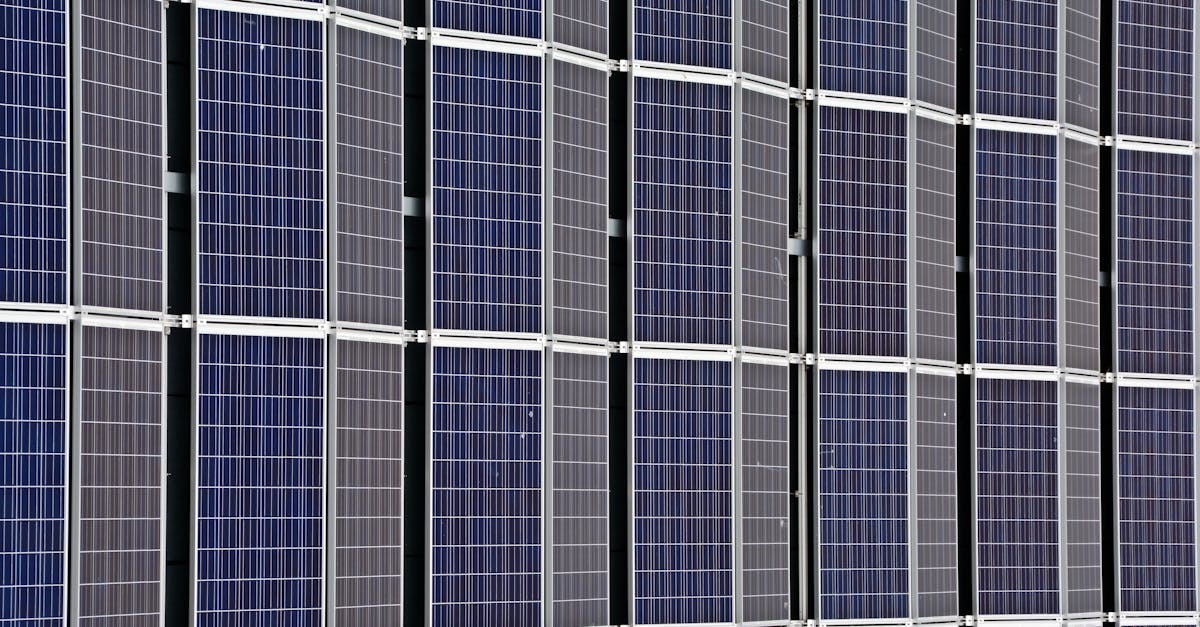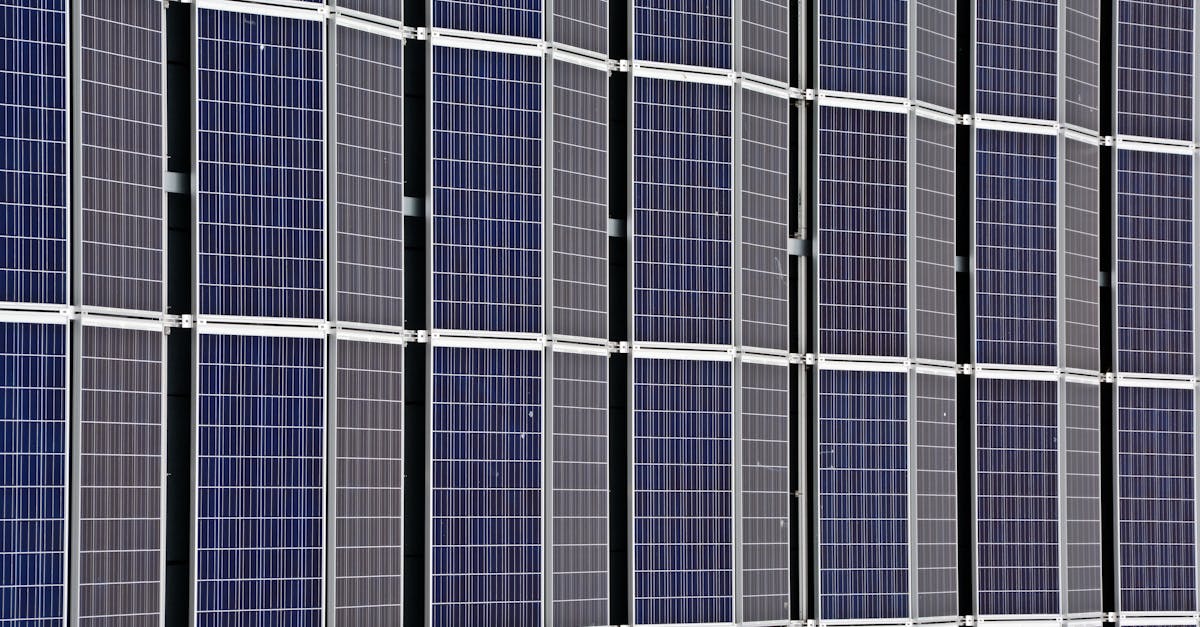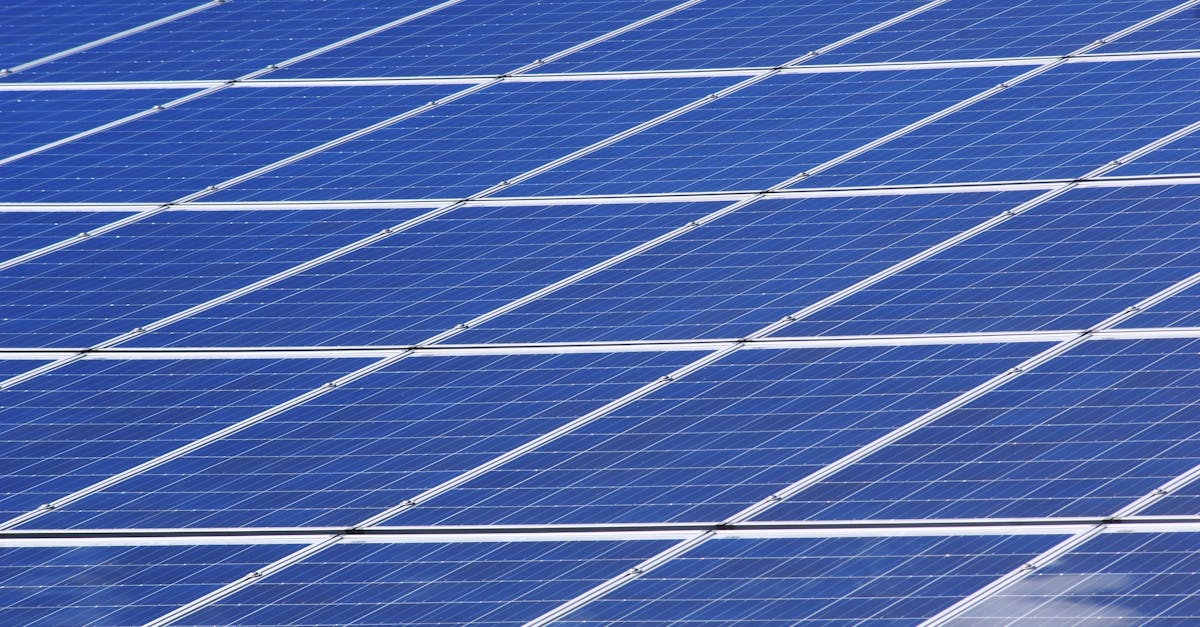Empowering Your Home with Solar Elegance: A Dive into Tiles and Panels

Embarking on the journey towards sustainable energy for your home can be an exciting and transformative decision. In the realm of alternative energy solutions, solar power stands as a beacon of promise, and the choice between solar tiles and solar panels represents a pivotal juncture for homeowners. In this comprehensive comparison guide, we will delve into the world of solar energy systems, exploring the advantages and drawbacks of traditional solar panels, while also uncovering the innovative potential of solar tiles. By evaluating critical considerations such as cost, return on investment, and environmental impact, this guide aims to empower you with the knowledge needed to make an informed decision for your home’s energy future.
1. Understanding Solar Energy Systems
Thank you for reading this post, don't forget to subscribe!
Understanding the principles behind solar energy systems is an exciting step towards embracing sustainable living. Solar energy, derived from the sun, offers an abundant and renewable resource that can be harnessed to power residential homes. The process begins with photovoltaic (PV) cells, which directly convert sunlight into electricity through the photovoltaic effect. These cells are typically combined to form solar panels or tiles, serving as the building blocks for solar energy systems. The beauty of solar energy lies in its simplicity and eco-friendliness, providing a clean and virtually limitless source of power for households. By understanding this technology, homeowners can appreciate the elegance and potential of solar energy in transforming their homes into efficient, eco-friendly havens.
Once installed, solar energy systems require minimal maintenance, providing a reliable and sustainable energy solution for years to come. By harnessing the power of the sun, homeowners can reduce their carbon footprint and contribute to a cleaner, greener future. This technology not only offers a sense of personal empowerment but also aligns with a global movement towards renewable energy adoption. Understanding the fundamentals of solar energy is not just a knowledge boost; it’s an invitation to become part of a growing community dedicated to sustainable living and a brighter tomorrow for our planet.
2. Solar Panels: Pros and Cons

Solar panels stand as a beacon of sustainable energy, offering numerous advantages for residential applications while presenting a few considerations for homeowners to ponder. One of the standout benefits is their ability to harness clean and renewable energy, reducing reliance on traditional grid-based electricity. By utilizing solar panels, homeowners can contribute to a healthier environment, playing a significant role in mitigating climate change and reducing carbon emissions. Moreover, solar panels often lead to long-term cost savings, effectively lowering utility bills and providing a reliable source of energy independent of fluctuating electricity prices.
However, it’s crucial to consider certain aspects when opting for solar panels. Installation costs and space requirements can pose initial challenges, although various financing options and the potential for government incentives can alleviate the financial burden for homeowners. Additionally, while solar panels are low maintenance, factors such as weather conditions and shading can impact their efficiency. Nevertheless, the longevity and reliability of solar panels make them a valuable investment, ultimately contributing to a greener and more sustainable future for homeowners and the planet.
Exploring the pros and cons of traditional solar panels brings to light the myriad benefits while underscoring the need for thoughtful consideration. The advantages far outweigh the drawbacks, positioning solar panels as a compelling and rewarding choice for homeowners seeking to embrace renewable energy and sustainable living.
3. Solar Tiles: Innovative Solar Solutions
Solar tiles have emerged as a groundbreaking and elegant alternative to conventional solar panels, heralding a new era of innovation in sustainable energy solutions for residential use. These tiles seamlessly integrate into rooftops, offering an aesthetically pleasing and streamlined approach to harnessing solar power. Unlike traditional panels, solar tiles blend seamlessly with the overall architecture of a home, presenting a visually appealing and integrated solution, which adds value to a property. Beyond their visual allure, solar tiles boast remarkable durability, often outlasting conventional roofing materials while harnessing the sun’s energy throughout their lifespan.
One of the key advantages of solar tiles lies in their versatility and adaptability to various roofing styles, making them a viable choice for a wide range of homes. The flexibility in design and installation opens doors for homeowners to embrace renewable energy without compromising on architectural aesthetics. Additionally, the modular nature of solar tiles allows for easier scalability, offering homeowners the opportunity to expand their solar energy capacity as needed.
As the world embraces sustainable living, solar tiles offer a compelling vision for the future of residential energy. The integration of solar tiles into homes not only complements their visual appeal but also signifies a step towards a greener, more sustainable lifestyle. Their innovative design and eco-friendly benefits position solar tiles as a transformative choice for homeowners looking to merge functionality, style, and sustainability in their residential energy solutions.
4. Key Considerations for Decision-Making

When contemplating the implementation of solar energy for your home, several essential factors come into play to ensure you make an informed decision that aligns with your needs and preferences. The first consideration revolves around the architectural and aesthetic integration of the solar solution with your home. While traditional solar panels may be more visible, offering a clear statement of their eco-friendly purpose, solar tiles blend seamlessly with your roof, providing a sleek and integrated look. Understanding your architectural vision can guide the choice between solar tiles and panels, ensuring that your selected option harmonizes with the overall design of your home.
Another vital consideration involves the available space and energy requirements. Traditional solar panels typically require more space due to their larger surface area, making them suitable for homes with ample roof real estate. On the other hand, solar tiles, with their modular and versatile design, offer adaptability to varying roof sizes, making them a viable choice for homes with limited space or complex roof shapes. Additionally, examining the energy needs of your household plays a crucial role in determining the ideal solar solution that can meet your specific electricity requirements.
Further, financial aspects such as installation costs, maintenance, and long-term savings are pivotal in the decision-making process. While both solar tiles and panels offer cost-saving benefits and potential returns on investment, understanding the upfront costs, available incentives, and long-term savings can aid in making a financially sound decision. By evaluating these key considerations, you can navigate the landscape of solar energy solutions, paving the way for a sustainable and energy-efficient future for your home.
5. Cost and Return on Investment (ROI)
When considering the financial implications of implementing solar energy solutions, it’s important to delve into the cost and return on investment (ROI) to make a well-informed decision that aligns with your long-term goals. Firstly, both solar tiles and traditional solar panels present compelling opportunities for long-term savings and environmental impact. While solar panels may have a lower initial installation cost compared to solar tiles, both options provide significant advantages in terms of reducing electricity bills and contributing to a greener environment. Understanding the potential financial savings and environmental benefits can influence the decision in favor of a sustainable and future-oriented solar solution.
Furthermore, evaluating the return on investment involves considering the longevity, maintenance, and energy production capabilities of each system. Solar panels are known for their efficiency and established track record, whereas solar tiles combine efficient energy production with an aesthetically pleasing design. While the upfront cost for solar tiles may be higher, the long-term savings and enhanced property value can outweigh the initial investment, offering a promising return over time. By comparing the financial aspects of installing solar tiles versus solar panels, homeowners can leverage a comprehensive understanding of the potential savings and environmental impact, fostering a sense of empowerment and commitment towards sustainable living.
Ultimately, irrespective of the choice between solar tiles and panels, both options translate to a sound investment in a cleaner, sustainable future. The financial aspects, when combined with the environmental benefits, create a compelling narrative for homeowners to embrace renewable energy and pave the way for a greener, more energy-efficient lifestyle for years to come.
Quiz:
- What is a key advantage of solar tiles compared to traditional solar panels?
- a) Higher initial installation cost
- b) Consumes more roof space
- c) Blends seamlessly with the overall architecture of a home
- d) Less durable in varying weather conditions
- Which financial factor should homeowners consider when evaluating solar energy solutions?
- a) Monthly rental costs
- b) Gym membership fees
- c) Long-term savings and environmental impact
- d) Car maintenance expenses
- How do solar panels contribute to a sustainable future?
- a) Increases reliance on non-renewable resources
- b) Reduces carbon emissions and lowers utility bills
- c) Contributes to environmental pollution
- d) Causes disruptions to the power grid
- What is a primary consideration when integrating solar solutions with home architecture?
- a) Maximizing shading on the panels
- b) Aligning with the overall design and style of the home
- c) Choosing the loudest color for the panels
- d) Placing the panels in visible areas for neighbors to see
- How does the return on investment (ROI) compare between solar tiles and traditional solar panels?
- a) Solar tiles have a lower long-term return on investment
- b) Traditional solar panels result in higher initial savings
- c) Both options present compelling opportunities for long-term savings and environmental impact
- d) Solar panels offer better aesthetic integration into the home
- c) Blends seamlessly with the overall architecture of a home
- c) Long-term savings and environmental impact
- b) Reduces carbon emissions and lowers utility bills
- b) Aligning with the overall design and style of the home
- c) Both options present compelling opportunities for long-term savings and environmental impact




